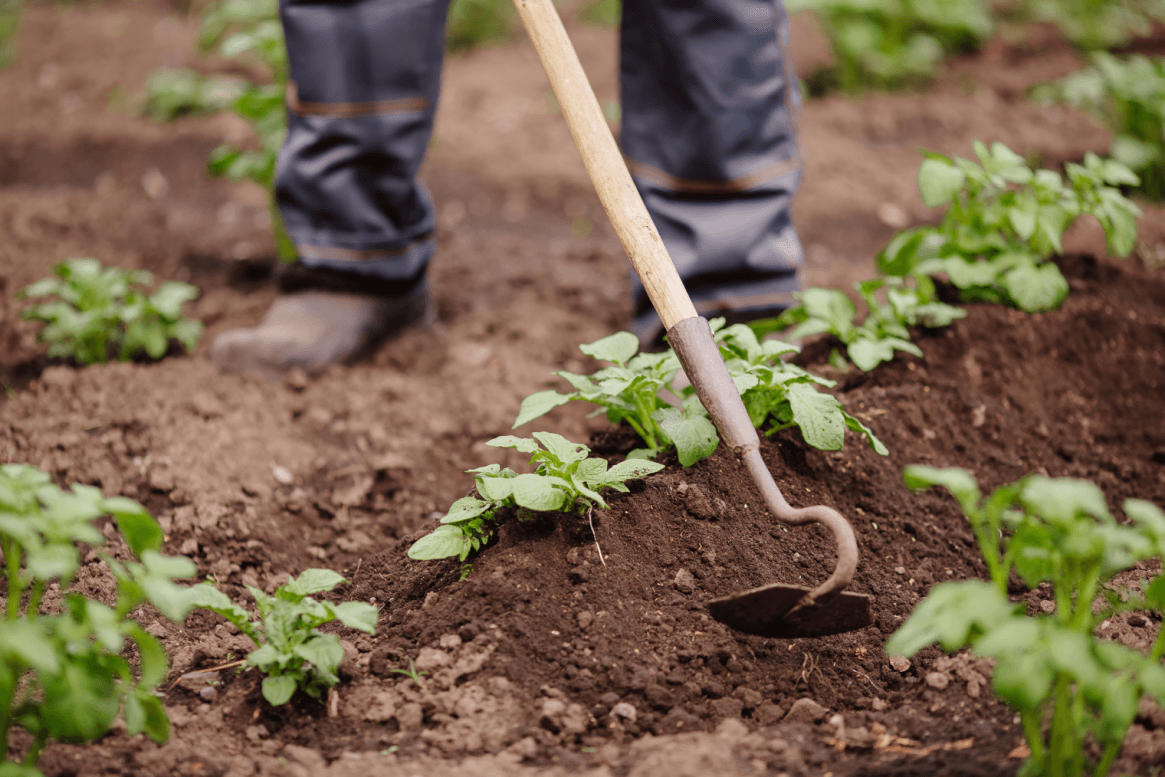6 Ways to Choose Plants to Grow On Your Farm
By Natalia KomeJune 13, 2022

This guide will help you grow plants on your farm. Learn about how soil, location and climate can influence your farm.
6 Ways to Choose Plants to Grow On Your Farm
1. Know Your Climate Zone
This is the most important factor to consider but is often overlooked by beginners. The United States is divided into different climate zones, and each zone has specific plants that grow well in that area.
To find out what climate zone you live in, you can use the USDA Plant Hardiness Zone Map. This map will help you determine what crops are well-suited to your area and which ones you may have difficulty growing.
It is also the standard by which farmers and gardeners determine which plants are most likely to thrive in a given location. The information on the map is based on the average annual minimum temperature, which is the lowest temperature that a plant can tolerate without damage and is the primary factor used to assign a zone designation.
Additionally, you should also be aware of the microclimates on your farm. A microclimate is a small, specific area with a climate that is distinct from the surrounding area.
2. Consider Your Soil Type
Since different crops prefer different soil types, it is essential to know what type of soil is on your farm. There are three primary soil types: sand, clay, and loam.
Sandy soil is made up of large particles and doesn't hold water or nutrients well. The upside to sandy soil is that it warms up quickly in the spring, which is good for early planting. This type of soil is good for crops like watermelons, tomatoes, and squash.
Clay soil is made up of small particles that stick together and can be very dense. This type of soil holds water and nutrients well but can easily become waterlogged and compacted. Clay soil is good for crops like broccoli, kale, cabbage, and brussels sprouts.
Loam soil is a mix of sand, clay, and organic matter and is considered the best type of soil for gardening. Loam soil has good drainage but can also retain water and nutrients. This type of soil is good for crops like carrots, potatoes, onions, and peas.
3. Know Crop Maintenance and Sustainability
Once you've considered the climate and soil type, it's time to start thinking about what crops will be the easiest to maintain. Consider how much time and effort you are willing to put into caring for your crops.
Some crops are more high-maintenance than others and will require more water, fertilizer, and pesticides. Other crops are more resistant to pests and diseases and can be grown with little effort on your part.
You should also think about whether you want to grow annual crops or perennial crops. Annual crops are planted every year and include vegetables like tomatoes, cucumbers, and peppers.
Perennial crops are planted once and will last for several years. This includes fruits like strawberries and raspberries.
4. Understand Yield and Harvest Time
When deciding what to grow on your farm, you should also think about the yield and harvest time. How much of a crop do you want to grow, and when do you want to harvest it?
Different crops have different yields, so you'll need to research how much each crop typically produces. You should also be aware of the length of the growing season for each crop.
Some crops, like tomatoes, can be harvested in as little as 60 days, while others, like potatoes, can take up to 120 days. Keep in mind that the time from planting to harvest is also affected by your climate zone.
5. Be Aware of Market Demand
Another important factor to consider when deciding what to grow on your farm is whether or not you want to sell your produce. If so, you’ll have to know the market demand. What crops are in high demand, and what can you realistically produce?
You'll need to do some market research to determine what crops are in demand and what prices farmers are getting for those crops.
You can talk to local grocery stores, restaurants, and other buyers to get an idea of what they're looking for. You can also attend local farmers' markets and get a feel for what's selling well.
If you're simply considering the easiest crops to grow, these might be some good options:
● Lettuce
● Spinach
● Kale
● Radishes
● Turnips
● Beets
These crops are all fairly easy to grow and have a short harvest time. They are also in high demand, so you should be able to sell them for a good price.
6. Start Small
Finally, when you're just starting, it's best to start small. Don't try to grow too many different crops or too much of any one crop. It's better to start with a few crops that you're familiar with and that you know you can grow well.
You can start with a few crops or vegetables like lettuce, kale, or radishes. These are all easy to grow and have a short harvest time.
You can also add some perennial crops like strawberries or raspberries. These will last for several years and will provide you with a steady supply of fruit.
You can always add more crops and expand your farm as you get more experience.
Start Your Crops Today
What to plant on your farm is an important decision that you have to make as a farmer. You have to consider what crops will do well in the climate and soil type that you have in your area.
You also have to think about what the market demand is for those crops if you’re wanting to sell your produce. Start small and expand as you get more experience. Be patient and do your research to make the best decision for your farm.
